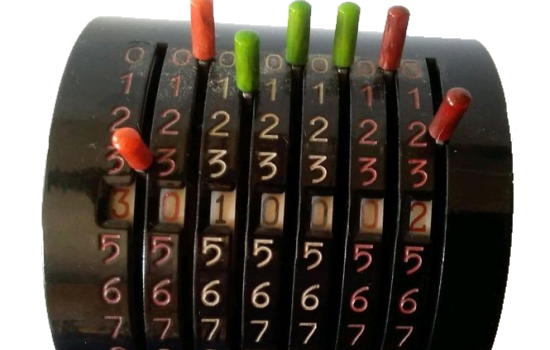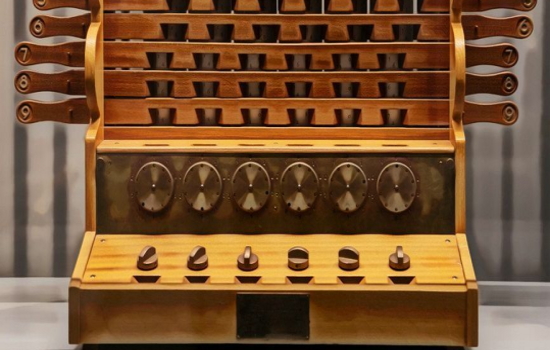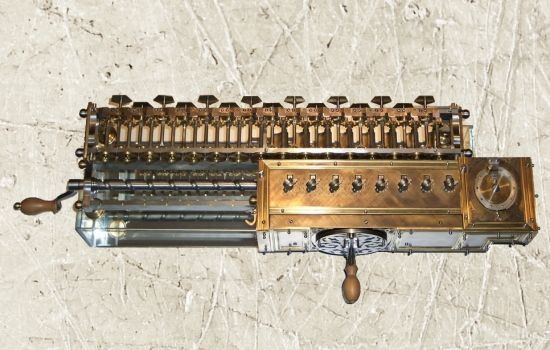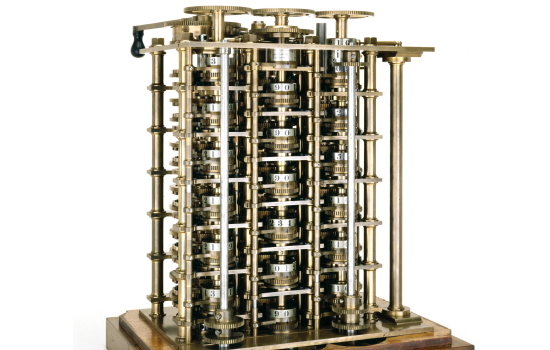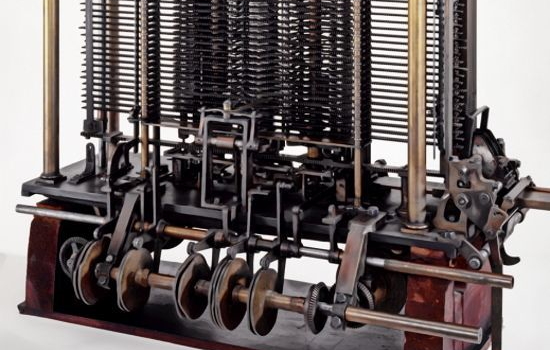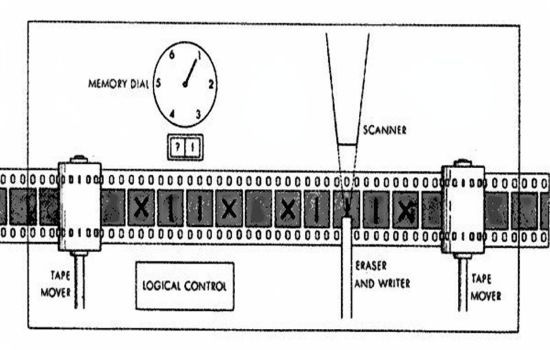C:\Games\DarkAges\Calc_Machines



The fastest census to date

From the invention of the lock type system in 1805, in which the French developer Joseph-Marie Jacquard used it to operate the first programmable loom. However, the system did not really take off until the American entrepreneur and engineer Herman Hollerith used the process for data processing. He is thus considered one of the pioneers of EDP. In 1880, a census was conducted in the statistics office where Hollerith was working at the time, in which data sheets of every single US citizen were recorded with all their characteristics. It took seven years (!) until these data sheets were evaluated by the employees. Hollerith received the suggestion to invent a machine, which automated and simplified this evaluation. For this he thought of the punch card system. Unlike the punched card system used on looms, however, Hollerith’s cards did not control a system; instead, information was retrieved by electronic scanning. Thus, for a given feature, there was a punched hole (circuit closed) or no hole (circuit open). These current pulses were then used to read the punched cards and thus the recorded data of the individual persons. One card was used for each person.
In 1890, the system was used in practice. Although the population had increased significantly compared to the last census in 1880, the evaluations were ready by the end of the same year thanks to Hollerith’s machine.
In 1896, Hollerith founded the Tabulating Machine Company (TMC

Table of contents


